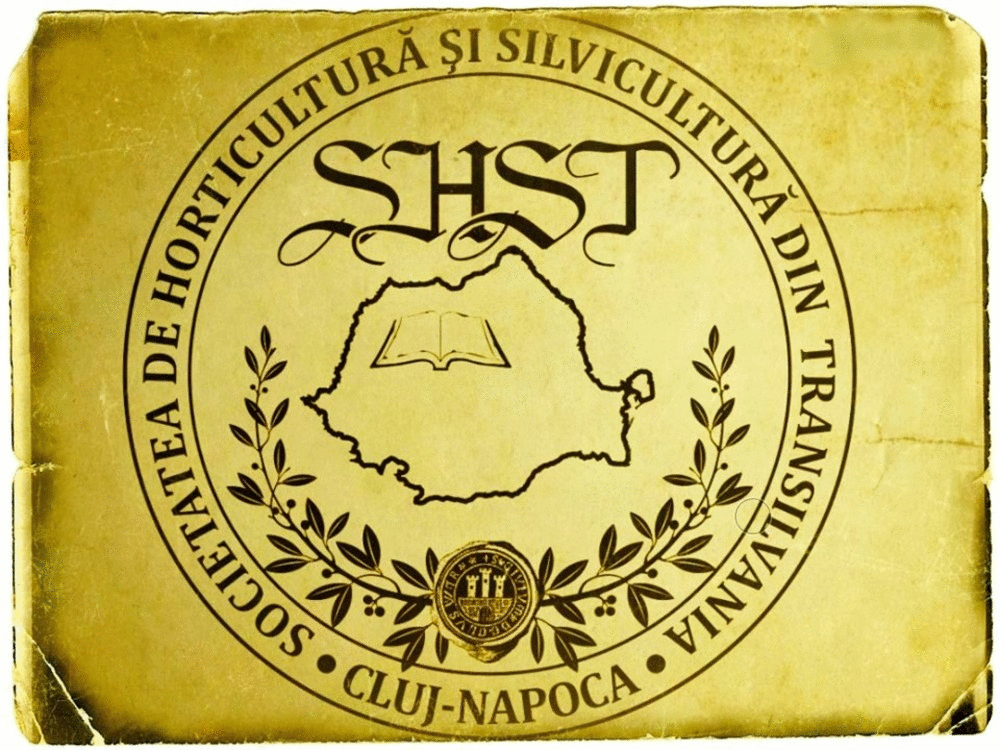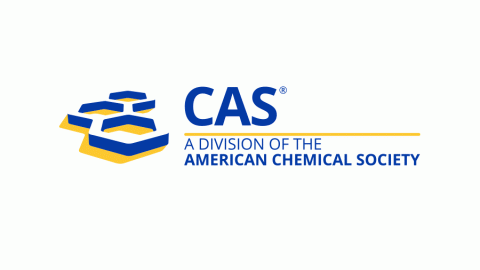Growth and Yield of Okra (Abelmoschus esculentus Moench) as Influenced by Compost Application under Different Light Intensities
DOI:
https://doi.org/10.15835/nsb729437Keywords:
light; nutrients; okra; organic amendment; soil; yieldAbstract
Okra (Abelmoschus esculentus) is one of the popular vegetables, especially rich in iron, vitamins and other minerals. Poor soil fertility and inconsistent light intensity, due to unfavorable weather condition, reduce okra performance. Response of two okra varieties (‘NH47-4’ and ‘Clemson spine’) to different rates of compost (0, 5, 10 and 15 t/ha), under different light intensities (L0: control (no reduction) or 100% light intensity, L1: 33%, L2: 46% and L3: 76%, light reduction) were assessed in pot and field trials. The experimental design was a factorial experiment fitted in a randomized complete block design (RCBD). Data on growth and yield attributes were collected. The results showed that the reduction in light intensity (L3) increased the numbers of fruits and leaf area by 50 and 47% respectively on the field, but delayed flowering. High light intensity (L0) though enhanced leaf area formation and early flowering, but hastened leaf senescence and abscission. Compost generally increased growth rate, leaf area and dry matter accumulation of the two okra cultivars compared to control under varying light intensities. Compost at 15 t/ha performed better and increased fruit number by 66% on the field. Between the two cultivars, ‘Clemson spine’ responded better than ‘NH47-4’ plants in terms of yield. Low light intensity (76% light reduction) in combination with higher compost rate however enhanced prolonged fruiting and leaf formation in the two okra varieties. The application of compost at 15 t/ha is therefore recommended for optimum yield of okra under low light intensity.
Metrics
Downloads
Published
How to Cite
Issue
Section
License
Papers published in Notulae Scientia Biologicae are Open-Access, distributed under the terms and conditions of the Creative Commons Attribution License.
© Articles by the authors; licensee SMTCT, Cluj-Napoca, Romania. The journal allows the author(s) to hold the copyright/to retain publishing rights without restriction.
License:
Open Access Journal - the journal offers free, immediate, and unrestricted access to peer-reviewed research and scholarly work, due SMTCT supports to increase the visibility, accessibility and reputation of the researchers, regardless of geography and their budgets. Users are allowed to read, download, copy, distribute, print, search, or link to the full texts of the articles, or use them for any other lawful purpose, without asking prior permission from the publisher or the author.













.png)















